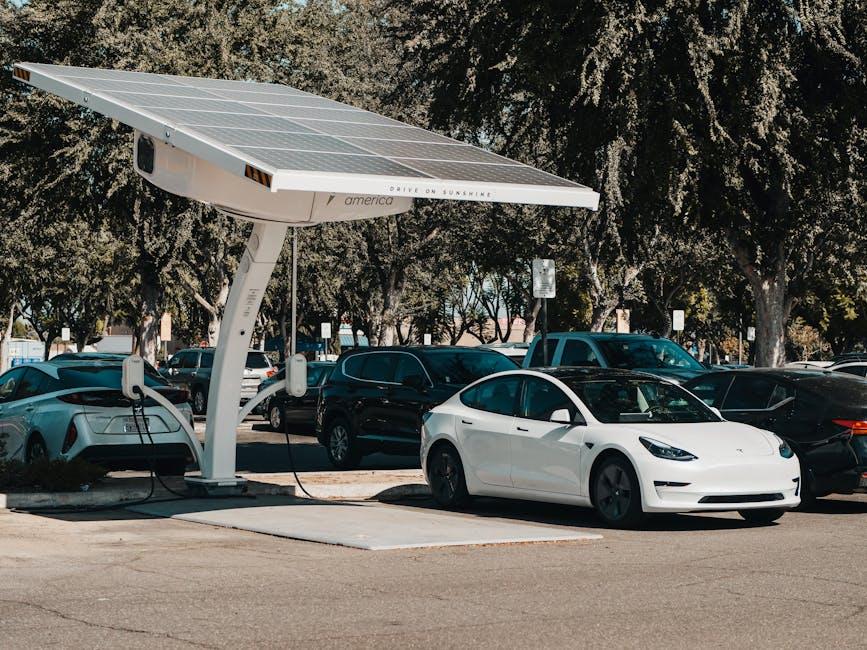Beneath the hum of every journey lies a silent companion: the car battery. This unassuming powerhouse fuels our daily drives, yet at times, it mysteriously loses its charge just when we need it most. Understanding the causes of car battery drain is key to preventing unexpected stalls and roadside frustrations. From the subtle vampire-like pull of electrical components to environmental factors lurking unseen, the reasons behind a fading battery are as varied as the roads we travel. In exploring these causes, we unravel the hidden forces that sap our vehicles’ energy and learn how to keep our engines ready to ignite.
Table of Contents
- Common Electrical Components That Consume Power When the Engine is Off
- The Impact of Extreme Weather Conditions on Battery Performance
- How Faulty Charging Systems Lead to Unexpected Battery Drain
- The Role of Parasitic Drain from Aftermarket Accessories
- Identifying and Addressing Corroded or Loose Battery Connections
- Best Practices to Extend Battery Life and Prevent Drainage Issues
- Q&A
- Key Takeaways
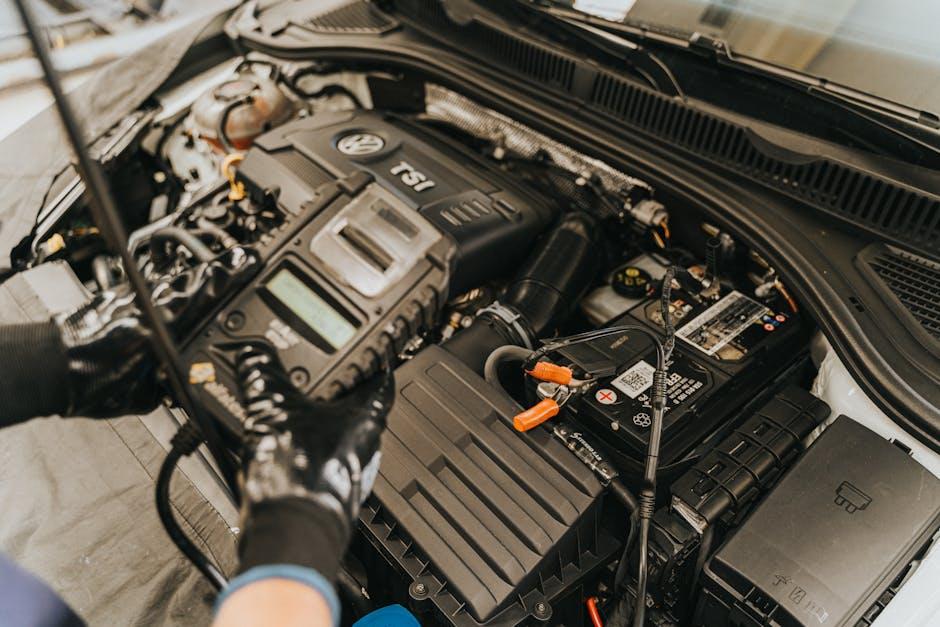
Common Electrical Components That Consume Power When the Engine is Off
Many drivers are unaware that even when the ignition is turned off, several electrical parts in a vehicle continue to draw power from the battery. This phenomenon, often called parasitic drain, can gradually deplete the battery if the car remains unused for extended periods. Key components such as the clock, security system, and onboard computer systems maintain a constant, low-level power demand to preserve settings and ensure quick startup when the engine is eventually turned on. Although these draws are usually minimal, cumulative effects can lead to a noticeable drop in battery charge over time.
Beyond the essentials maintaining vehicle readiness, some optional or faulty elements may increase power consumption unexpectedly. Devices like aftermarket alarm systems, USB charging ports left active, or interior lights that fail to switch off properly contribute to this stealthy energy loss. To understand the impact of various components, consider the breakdown below:
| Component | Power Consumption (mA) | Function |
|---|---|---|
| Clock | 10 | Maintains time |
| Security System | 15 | Monitors vehicle safety |
| Radio Memory | 20 | Preserves presets and settings |
| Interior Lights | 40 (if stuck on) | Illuminates cabin |
| Aftermarket Gadgets | Varies | Additional accessories |

The Impact of Extreme Weather Conditions on Battery Performance
Extreme weather conditions can significantly affect the efficiency and longevity of your car battery. When temperatures drop drastically, the chemical reactions within the battery slow down, reducing its ability to hold and deliver power effectively. This means your vehicle may struggle to start on cold mornings, putting extra strain on the battery. Conversely, extreme heat accelerates the battery’s internal fluid evaporation, causing corrosion and decreasing its overall life span. Understanding these impacts helps in taking preventive steps to avoid unexpected battery failures, especially during seasonal transitions.
Several environmental factors contribute to this decline in performance, including:
- Cold weather: Thickens engine oil and increases resistance, requiring more battery power for ignition.
- High temperatures: Speed up chemical degradation inside the battery cells, leading to quicker capacity loss.
- Humidity fluctuations: May cause corrosion on battery terminals, disrupting electrical connections.
| Weather Condition | Battery Effect | Recommended Action |
|---|---|---|
| Severe Cold | Voltage drop, slow startup | Use a battery heater or park in a garage |
| Extreme Heat | Fluid evaporation, corrosion risk | Perform regular maintenance checks |
| High Humidity | Terminal corrosion | Keep terminals clean and dry |
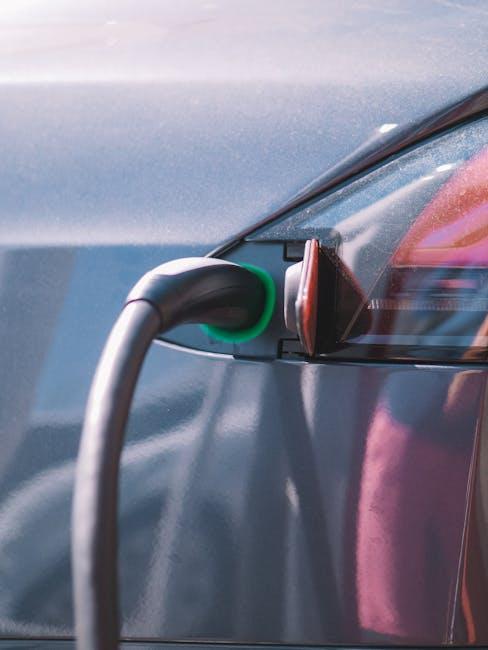
How Faulty Charging Systems Lead to Unexpected Battery Drain
When your car’s charging system malfunctions, it no longer replenishes the battery’s power as it should, causing a steady depletion that feels like battery drain out of nowhere. This typically happens because the alternator—a core component responsible for generating electricity while the engine runs—fails to deliver sufficient voltage. Over time, the battery struggles to maintain its charge, which can lead to dimmed headlights, slow engine cranking, or even complete starting failure. Faulty connections or worn-out belts can exacerbate this problem, interrupting the smooth flow of energy and silently leeching the battery dry.
Understanding the subtle clues of a troubled charging system can save you from unexpected breakdowns and costly repairs. Some common symptoms to watch for include:
- Warning lights on the dashboard indicating charging issues
- Unusual electrical behavior, like flickering interior lights
- Battery needing frequent jump-starts despite being relatively new
| Component | Issue | Effect on Battery |
|---|---|---|
| Alternator | Worn brushes or diode failure | Insufficient charging voltage |
| Drive Belt | Slipping or breakage | Reduced alternator rotation speed |
| Electrical Connections | Corrosion or loose terminals | Irregular charge flow |

The Role of Parasitic Drain from Aftermarket Accessories
Aftermarket accessories such as alarms, amplifiers, and LED light bars often become silent culprits behind unexpected battery drains. While these add-ons enhance the driving experience or vehicle functionality, their wiring and installation might not be optimized for energy efficiency. Many accessories continue to draw small amounts of current even when the car is turned off, a phenomenon known as parasitic drain. Over time, this constant draw can deplete the battery, especially if the vehicle is left unused for extended periods.
Understanding which accessories are most likely to contribute can help in diagnosing battery issues. Below is a simple breakdown of common aftermarket devices and their typical current draws when the vehicle is off:
| Accessory | Estimated Parasitic Drain (mA) |
|---|---|
| Car Alarm System | 15-30 |
| Amplifier (Audio System) | 10-25 |
| GPS Tracker | 5-10 |
| LED Light Bars | 1-5 |
Regular inspections and professional installation are crucial, as improper grounding or faulty wiring magnify parasitic drain risks. Simple fixes like installing a switch to completely disconnect power or upgrading to low-drain accessories can significantly extend your battery’s life.
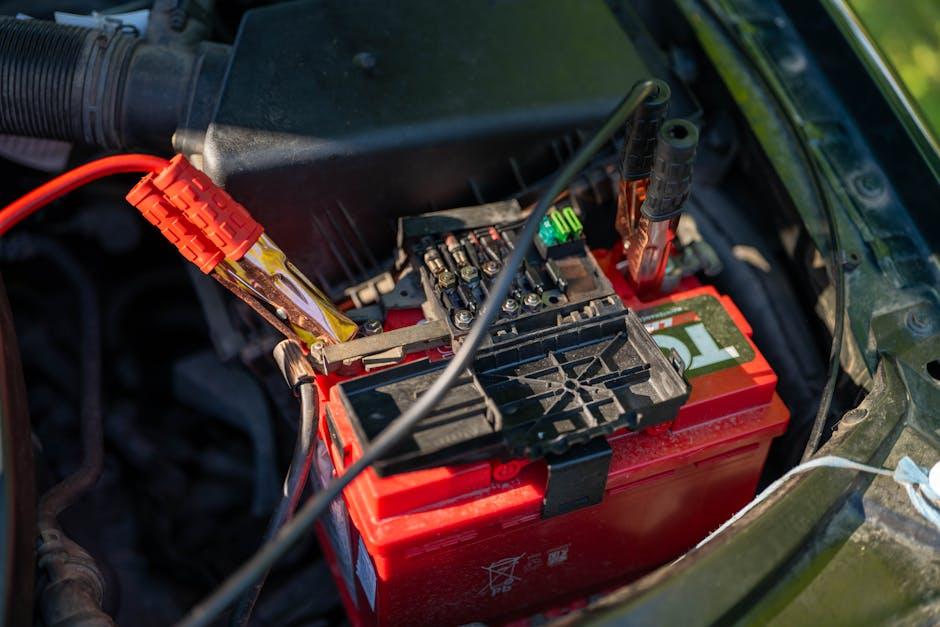
Identifying and Addressing Corroded or Loose Battery Connections
When your car’s battery begins to drain mysteriously, one of the usual suspects to check is the condition of the battery terminals and connections. Corrosion, a common issue caused by a chemical reaction between the battery acid and the metal terminals, can create a white, ashy deposit that inhibits the proper flow of electricity. Similarly, loose connections fail to maintain a reliable electrical contact, leading to intermittent power supply problems. Both scenarios strain the battery and can trigger frequent battery drainage.
Regular inspection and maintenance can nip these troubles in the bud. Look for symptoms such as slow engine cranking or dim headlights, which may hint at poor battery connections. To address these issues effectively, #### here are key steps to follow:
- Disconnect the battery: Always remove the negative terminal first for safety.
- Clean the terminals: Use a battery terminal cleaner or a mixture of baking soda and water to scrub away corrosion.
- Tighten connections: Ensure all clamps and cables are snug but avoid overtightening which can damage terminals.
- Apply protective coating: A layer of petroleum jelly or specialized terminal protectant can retard future corrosion.
| Issue | Cause | Fix |
|---|---|---|
| Corroded Terminal | Acid-oxide buildup | Clean & Apply Protectant |
| Loose Connection | Vibrations & wear | Tighten Clamps |
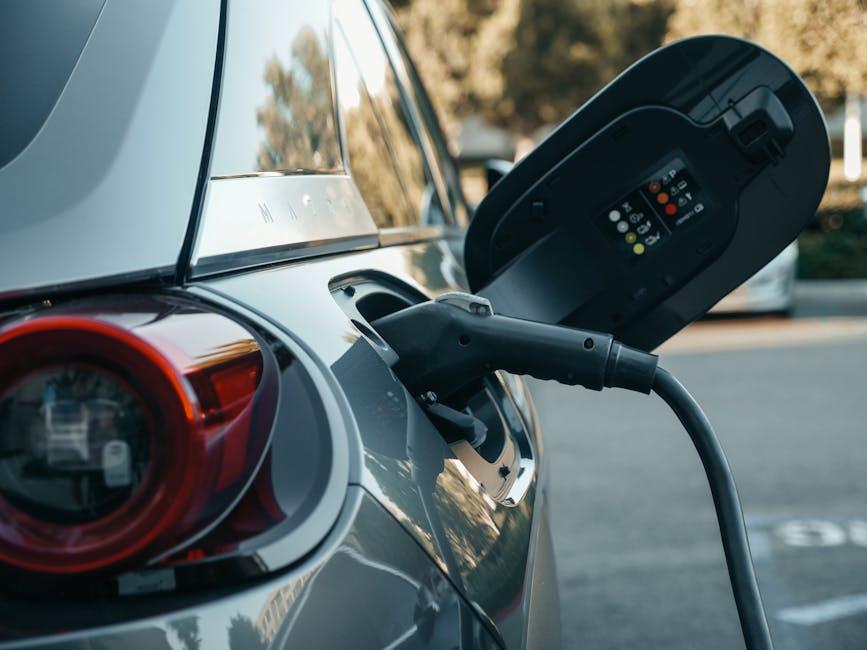
Best Practices to Extend Battery Life and Prevent Drainage Issues
Maintaining your car battery’s longevity requires a mix of routine care and mindful habits. First, always ensure that electrical components like headlights, interior lights, and infotainment systems are switched off when the engine is not running. Leaving these devices on for extended periods can lead to a slow but steady battery drain without you noticing. Regularly inspect the battery terminals for corrosion, as buildup can disrupt the electrical connection and reduce charging efficiency. Cleaning the terminals with a mixture of baking soda and water every few months can prevent this issue effectively.
Incorporating smart driving habits can also significantly preserve battery life. Short, frequent trips don’t allow the alternator enough time to fully recharge the battery; instead, aim for longer drives that boost charge levels adequately. Additionally, avoid using electrical accessories like air conditioning or stereo at full blast when starting the vehicle, as the battery bears the initial load. Here’s a quick guide to best practices for battery health:
- Turn off all lights and electronics when parked
- Clean battery terminals regularly
- Drive for at least 20 minutes to recharge
- Inspect battery voltage monthly
- Secure battery firmly to avoid vibrations
| Action | Benefit |
|---|---|
| Terminal Cleaning | Improves electrical connection |
| Long Drives | Maximizes battery charge |
| Device Shutdown | Prevents unintended power drain |
Q&A
Q&A: Understanding the Causes of Car Battery Drain
Q1: Why does my car battery lose power even when the engine is off?
A1: This phenomenon is often caused by what’s known as a “parasitic drain.” Certain electrical components—like interior lights, infotainment systems, or security alarms—may continue to draw power even after the car is turned off. Over time, this slow but steady energy consumption can sap your battery’s charge.
Q2: Could the age of my battery be contributing to the drain?
A2: Absolutely. Like any rechargeable device, car batteries have a limited lifespan, typically around 3 to 5 years. As they age, their ability to hold and deliver charge diminishes, making them more susceptible to draining even with minimal use.
Q3: How do extreme temperatures affect my car battery?
A3: Both scorching heat and freezing cold can disrupt your battery’s chemistry. Heat can accelerate corrosion and water loss inside the battery, while cold temperatures reduce its ability to generate sufficient current. These extremes can result in faster battery drain and reduced starting power.
Q4: Can leaving electronic devices plugged in cause battery drain?
A4: Yes, plugging in devices like phone chargers or dash cams while the engine is off can continue to draw power. Some accessories have a “standby” mode, which quietly saps energy over time and can contribute significantly to draining your battery.
Q5: Is faulty wiring a possible cause of battery drain?
A5: Definitely. Damaged or frayed wires, poor connections, or aftermarket installations that aren’t properly integrated can create unintended power leaks. These electrical glitches may remain unseen until they drain your battery completely.
Q6: How can I test if there’s an unusual drain on my battery?
A6: Automotive technicians use a tool called an ammeter to measure the electrical current flowing from the battery while the car is off. A normal parasitic drain is typically under 50 milliamps. Anything higher could indicate a problem that needs addressing.
Q7: What steps can I take to prevent my car battery from draining?
A7: Begin by ensuring all lights and accessories are turned off when the car isn’t running. Regularly check the battery’s condition and aging status. If you plan to leave your vehicle unused for extended periods, consider disconnecting the battery or using a trickle charger to maintain its charge.
Q8: When should I replace my car battery to avoid frequent drains?
A8: If your battery is older than 3-4 years or shows signs of weakening—such as slow engine cranking, dim headlights, or frequent need for jump starts—it’s wise to replace it proactively. A fresh battery ensures reliable starts and minimizes unexpected drains.
Understanding the subtle and not-so-subtle culprits behind battery drain empowers you to keep your car’s electrical heart healthy and your journeys uninterrupted.
Key Takeaways
In the complex dance of your vehicle’s electrical system, the battery plays a starring role—silent yet essential. Understanding the causes of car battery drain is like unraveling a mystery that ensures your ride starts smoothly every time. Whether it’s a forgotten interior light, a lurking parasitic draw, or simply the wear of time, each factor tells a story about how energy flows and fades. By recognizing these common culprits, you take the wheel in preventing unexpected stalls and prolonging your battery’s life. After all, in the journey of car care, knowledge is the spark that keeps you moving forward.

